Reservoir modeling
The current controversy around hydraulic fracturing highlights the need for a better predictive understanding of this reservoir stimulation technique.
The challenge in modeling hydraulic fracturing is the tight coupling between fluid flow in the reservoir and the fractures. The mechanical model needs to be able to handle propagation of several interacting cracks along unknown path, possibly interacting with material heterogeneities, all things at which phase–field models of fracture excel. The flow model needs to be able to handle fluid transport in the bulk of the reservoir (typically through Darcy’s equation) and inside the cracks themselves (usually using Reynolds lubrication theory), as well as mass exchange between reservoir and fractures through leak-off.
There too, phase–field’s implicit representation of the fracture system by a smooth function is helpful. It is therefore not a surprise that the initial application of phase-field to hydraulic fracturing (Bourdin, Chukwudozie, & Yoshioka, 2012) has been followed by many others, including (Bourdin, Chukwudozie, & Yoshioka, 2013), (Ganis, Girault, Mear, Singh, & Wheeler, 2013), (Wick, Singh, & Wheeler, 2014),(Wheeler, Wick, & Wollner, 2014) (Miehe, Mauthe, & Teichtmeister, 2015).
References
- Bourdin, B., Chukwudozie, C., & Yoshioka, K. (2012). A Variational Approach to the Numerical Simulation of Hydraulic Fracturing. In Proceedings of the 2012 SPE Annual Technical Conference and Exhibition (Vol. SPE 159154). DOI:10.2118/159154-MS Download
- Bourdin, B., Chukwudozie, C., & Yoshioka, K. (2013). A Variational Approach To The Modeling And Numerical Simulation Of Hydraulic Fracturing Under In-Situ Stresses. In Proceedings of the 38th Workshop on Geothermal Reservoir Engineering Stanford University, Stanford, CA. Download
- Ganis, B., Girault, V., Mear, M., Singh, G., & Wheeler, M. F. (2013). Modeling fractures in a poro-elastic medium. Rev. IFP Energies Nouvelles, 69(4), 515–528. DOI:10.2516/ogst/2013171
- Wick, T., Singh, G., & Wheeler, M. F. (2014). Pressurized-Fracture Propagation using a Phase-Field Approach Coupled to a Reservoir Simulator. In Proceedings of the SPE Hydraulic Fracturing Technology Conference (Vol. SPE 168597).
- Wheeler, M. F., Wick, T., & Wollner, W. (2014). An augmented-Lagrangian method for the phase-field approach for pressurized fractures. Comp. Meth. Appl. Mech. Engng., 271, 69–85. DOI:10.1016/j.cma.2013.12.005
- Miehe, C., Mauthe, S., & Teichtmeister, S. (2015). Minimization principles for the coupled problem of Darcy–Biot-type fluid transport in porous media linked to phase field modeling of fracture. J. Mech. Phys. Solids, 82, 186–217. DOI:10.1016/j.jmps.2015.04.006
